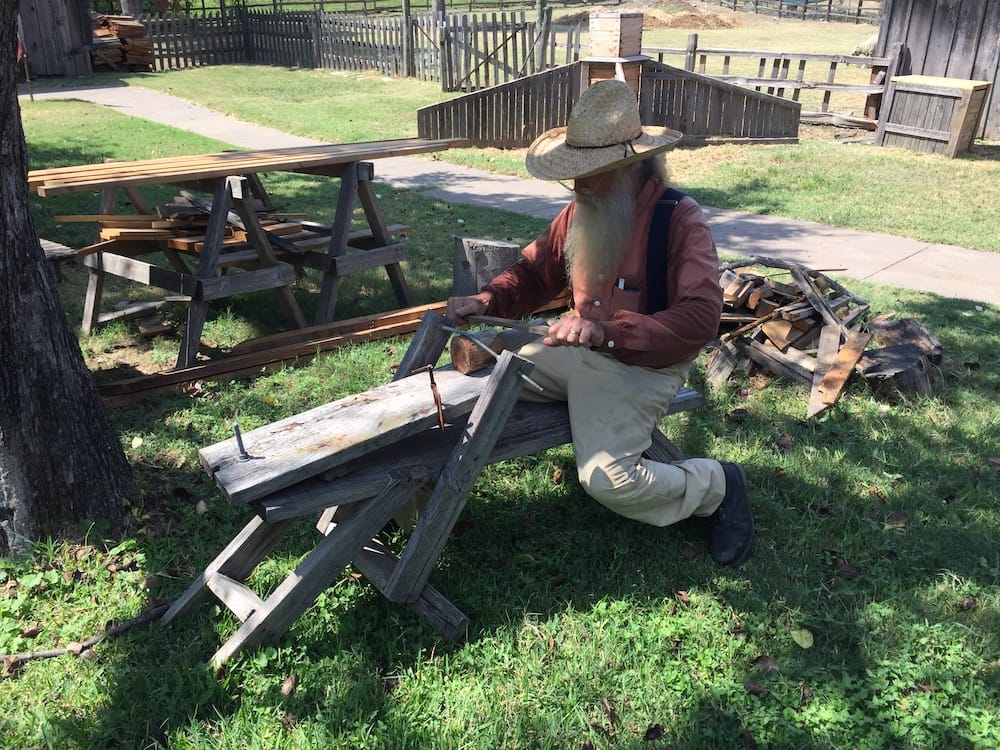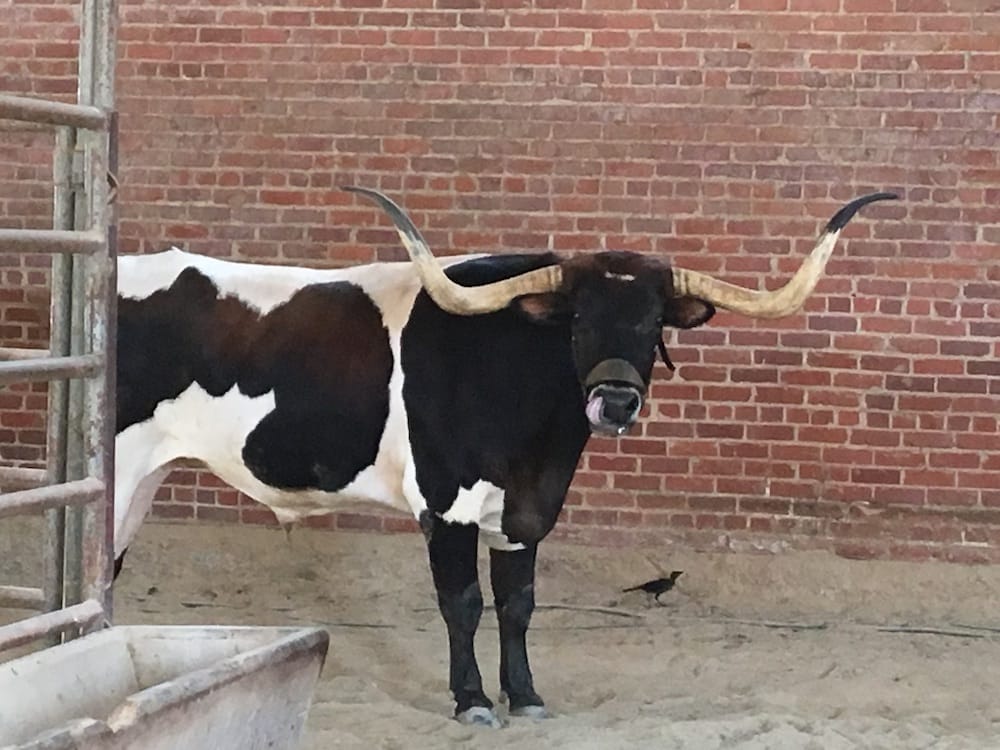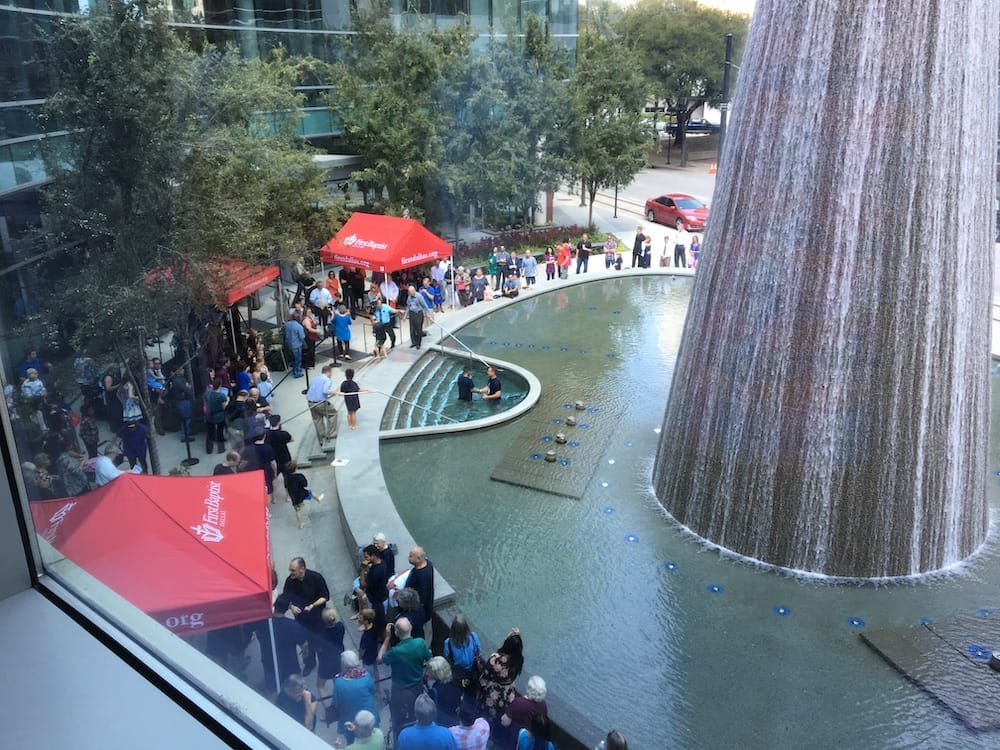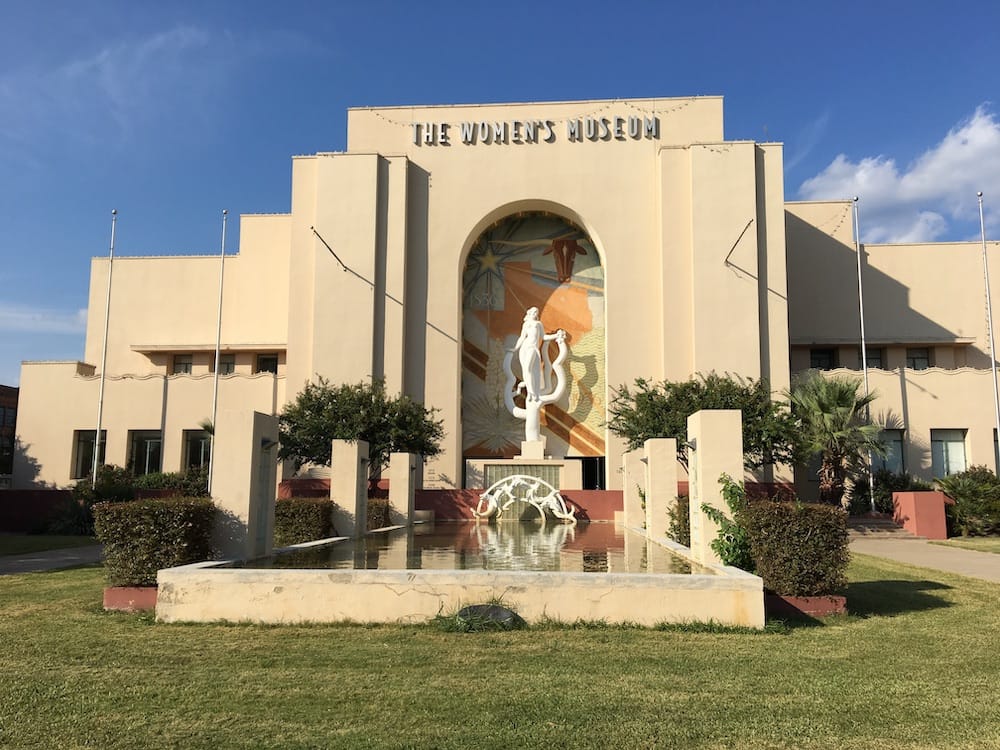Here are my impressions of Texas, a state larger than Spain.
El Paso is tucked into the Westernmost tip of Texas, just under the state of New Mexico and North of Mexico. The city shares a valley with the Mexican city of Juarez, a poorer mirror image of El Paso. At night, a huge lit Lone Star of Texas shines out across the valley, reminding Mexicans that Texas won independence from that country and was an independent nation before joining the USA in 1842. On the Mexican side, huge chalk letters spell out ‘liberdad’.
A Hungarian we met at the tourist centre had travelled three days by Greyhound bus to see the Rio Grande he knew from John Wayne movies and was bitterly disappointed to find it is now an irrigation canal, about 65 feet, 20 metres wide. “By the time I get back to Hungary” the resourceful traveller said: “it will be a rushing river 200 metres wide.” You can’t get anywhere near it because the border goes through the middle. There is no-man-land on either side, and on the US side, a huge fence. This was the first time I’d seen a structure built to keep others out or in; though there are plenty: Hadrian’s Wall, The Great Wall of China, Calais, France, Hungary, The West Bank in Israel. My reaction to seeing the border guards, barbed wire and detention camps was visceral disgust. Yet when we talked to a third generation Mexican-American at one of the beautiful Spanish Mission churches, she said any Mexican with the ability to live permanently in the US now does so, not because they prefer the US, but because extortion and crime has made their lives untenable in Mexico. It is complicated. Those in the detention camps are mostly refugees from third countries such as El Salvador. She voiced what we heard again and again from Americans: they don’t want another wall, and they need the hard labour of honest Mexicans. They don’t want the Mexican mafia either.
In Texas, much of the hard labour takes place in the oil fields. As we drove East we went through agricultural land. Turning North towards Dallas, the country turned to plains, and it was oil field after oil field, refineries, rough housing for the workers, and supply trucks. Again, I had never seen oilfields. As 6,000 everyday consumer products are oil based, it’s good to have a look at where it comes from. Checking in to our hotel in Midland, Texas – this is Presidents Bush country – MLH asked the clerk what went on around there. She looked at him as though he came from Mars and said slowly: “Oil”. Except she pronounced it “oy-all”. We began to see ten-gallon hats (which are worn through dinner at a restaurant – why?) and hear “y’all” at the end of every greeting.
Texans are tremendously polite. Young men hold the door open for you and say: “ladies first”. On the electric streetcars, the driver thanks every passenger ‘for ridin’. The force of multiple people wishing for you to ‘have a good day” makes you feel terribly guilty if you don’t. I was wished ‘a blessed day’ once. One-uppersonship that. Dallas is a modern high-tech city with one of those horrible spaghetti-like highway systems cutting the city West to East which chops districts up with no connectors North to South. We stayed only a mile South of the heart of the city, in an area which used to be the vibrant hub of the settlers moving West and the immigrant Jewish (Neiman Marcus, anyone?) Mexican and Black communities. This is all recreated in a Historic Village, where houses and shops etc. are faithfully animated by history enthusiasts. Everything we needed was close by our flat in a 1920s era house – delicious ribs from the Baby Back Shack, a cinema with a bar – there’s a good idea – and live music at an outdoor bar around the corner called Harvey Lee (as in Oswald, the man who shot JFK – or not – if you are a conspirator theorist).


Such gallows humour is recent in Dallas, we were told by a black Dallasite. When she was growing up in the 60s and 70s, the assassination was never mentioned in the community; they were so ashamed that the president was killed in their city. The sixth floor of the Book Depository where HLO set up his gun is now a museum about JFK and the assassination. It is rather grim, but it provided some context for my childhood in England. I was born ten days after President Kennedy’s inauguration in January 1961. Much of my life and those of my peers has been affected indirectly by the social and political events of his presidency: the race to the moon, the Cold War, racial integration struggles, environmental concerns, the rise of youth over wisdom, the Peace Corps and the idealism with accompanied it. A green cross on the road marks the spot where JFK received the fatal shot.

For contrast, we took the train to Fort Worth and explored the Stockades, where for 20-30 years before the railway was built all the way to Chicago, this town was the centre of cattle drives and auction houses for cattle, pigs and sheep. The auction house still does billions of dollars of business a year, selling mostly by video. The beautiful long-horned steers are kept for show and are driven down the brick street twice a day by cowboys. Around the corner is Billy Bob’s, the largest Honky Tonk bar in the world.
In Dallas’ dull city centre, we noticed a huge complex complete with an enormous fountain with water spurts synchronized to music. This was the First Baptist Church. The famous preacher, Dr. Robert Jeffress, is a spiritual advisor to President Trump. Interesting. We decided to ‘do church’ on Sunday morning. We were ushered into a guest parking spot in one of the three multi-story parking lots the church owns. Then a clean-cut young man named Elijah led us to the queue of people waiting to get in to the church and gave us our Welcome Packages. We filed into a huge auditorium which I am guessing held about 5,000 people. TV cameramen were adjusting their cameras, newcomers were rustling through their packages, ushers were assisting the infirm to their seats. There was an air of expectancy such as you feel before a performance in a theatre.

And we got a performance. At 11 am on the dot, music started playing and a platform rose up to the stage containing a full orchestra. A 200-voice choir filed in. High-definition screens zoomed in on the preachers, microphones in hand, earpieces in place, TV make-up applied. About half of the service was Dr. Jefress preaching, and the rest was hymns, prayers and a TV-paced series of what I can only describe as advertisements to persuade the audience to a) buy Dr. Jefress‘ latest book b) buy tickets to have dinner with him c) volunteer for a good cause d) go up and tell him you thought you had seen the light e) put down $7,000 for a cruise to Greece to follow in the footsteps of St. Paul. I had forgotten how important the evangelical aspect of white American Protestantism is. Topping off this experience was the full immersion baptism of 25 children and adults in the fountain.

We recuperated by wandering around the imposing art deco Texas State Fair Grounds, built in 1936. They were preparing for the annual State Fair in October. It seems like the Calgary Stampede, with a similar lust for any kind of fried food. One stall was named “Fried Love”. Interestingly, given the recent debates about removing Confederate statues in the South, large letters named one building the Confederate Pavilion and in small letters: (now the Centennial Pavilion). Race, slavery, diaspora – these were all themes to be continued in Louisiana, our next stop.